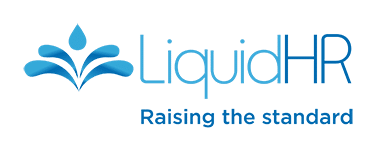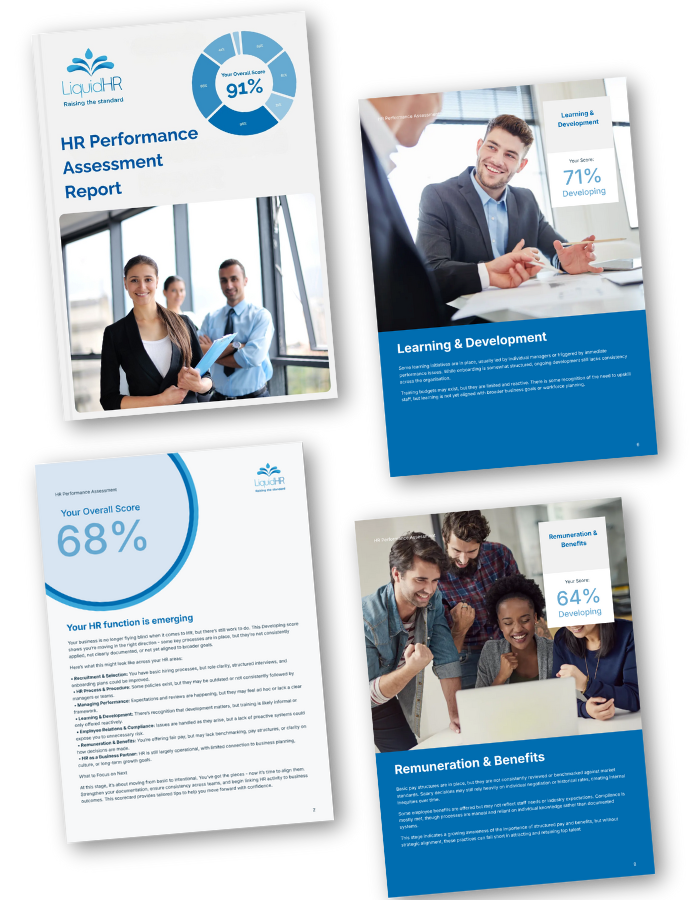Unfair dismissal in Australia is governed by the Fair Work Act 2009 (Cth), which ensures that employees are treated fairly and reasonably upon termination of employment.
The Act provides specific guidelines for employers to follow during the dismissal process, and non-compliance can lead to significant legal repercussions.
Here are 8 essential steps for employers to avoid unfair dismissal in Australia.
Step 1: Understand the Legislation
Before any action is taken, employers need to understand the rules and regulations relating to dismissal. It’s important to familiarise oneself with the Fair Work Act, the National Employment Standards (NES), and any relevant Modern Awards or Enterprise Agreements. The Act outlines the legal rights and obligations of both employers and employees, as well as the legal criteria for “fair” and “unfair” dismissals. The NES, Modern Awards, and Enterprise Agreements, on the other hand, detail the conditions of employment and specific termination procedures that must be adhered to.
Step 2: Develop Clear Policies and Procedures
Having a clear set of workplace policies and procedures is crucial. These should cover all important aspects of employment, such as job descriptions, performance expectations, behaviour standards, and dispute resolution processes. When a policy is in place, it is essential to ensure that employees understand them and have easy access to them.
Step 3: Engage in Open Communication
Communication is key in avoiding unfair dismissal claims. Employers should foster an environment that encourages open and honest dialogue with employees. This includes discussing job performance issues, providing constructive feedback, and giving employees a chance to improve before considering dismissal.
Step 4: Provide Adequate Warnings and Support
In the case of performance or conduct issues, employees must be given fair warnings before dismissal. The process involves identifying the problem, discussing it with the employee, providing support or training to help rectify the problem, and giving them reasonable time to improve. Each warning should be documented and kept on file for future reference.
Step 5: Maintain Fair and Unbiased Treatment
Consistency and fairness should underpin all dismissal decisions. Employers should avoid discriminatory actions based on race, religion, gender, age, disability, or any other protected attribute under Australian law. Unfair treatment can lead to unlawful termination claims in addition to unfair dismissal.
Step 6: Follow Procedural Fairness
In cases where dismissal is inevitable, procedural fairness must be observed. This involves notifying the employee of the reason for their dismissal, allowing them to be accompanied by a support person during any meetings about their dismissal, and giving them an opportunity to respond to the reasons for their dismissal.
Step 7: Provide Proper Notice and Severance Pay
Upon making the decision to dismiss an employee, the employer must provide proper notice or payment in lieu of notice, as stipulated in the Fair Work Act, a Modern Award, or an Enterprise Agreement. In addition, if the employee has been with the company for at least a year, they may be entitled to severance pay.
Step 8: Document Every Step
Record keeping is crucial in managing dismissal processes. Documentation provides proof that the employer followed all appropriate steps, and it can be crucial evidence in the event of an unfair dismissal claim. Records should include meeting notes, written warnings, performance reviews, and any other related documents.
Following these steps will significantly reduce the risk of unfair dismissal claims. However, it is essential to seek advice if you are uncertain about any aspects of the process, or if a claim has been made against your company. Liquid HR will be able to provide tailored advice to ensure your company is complying with all relevant laws and regulations.
IML Salary Survey 2023
As part of our ongoing commitment to provide value to you, Liquid HR annually purchases the Institute of Managers and Leaders Australia and New Zealand (IML ANZ)’s National Salary Survey. I’m excited to say that the 2023 data has now been published and available for viewing at your request.
The IML Salary Survey benchmarks thousands of positions across Australia as one of the largest and most comprehensive reports in the country. The findings can allow you to benchmark your salary and benefits against similar organisations in the market. Moreover, the survey can provide a view on roles you may be looking to recruit during the year.
As an existing client, if you would like to view the data on the roles, please let us know and we will be happy to oblige.
Best Practice Position Descriptions: A Key to Effective Workforce Management
A well-crafted position description serves as the foundation for effective workforce management. It not only outlines the responsibilities and requirements of a specific role but also sets the stage for successful recruitment, selection, and performance management processes. To ensure that your organisation attracts top talent and maximizes productivity, it is crucial to adopt best practices in developing position descriptions. In this article, we will explore the key elements and guidelines for creating effective position descriptions.
Clear and Concise Language:
Position descriptions should be written in clear and concise language, avoiding jargon and technical terms whenever possible. Use straightforward sentences and bullet points to outline the primary duties, responsibilities, and qualifications for the role. This ensures that candidates and employees can easily understand the expectations associated with the position.
Comprehensive Overview:
Begin the position description with a brief overview that provides an introduction to the role, its purpose, and its position within the organization. This section should capture the essence of the position and highlight its significance in achieving organizational goals. It helps candidates and current employees to gain a clear understanding of how the role contributes to the broader objectives.
Specific Responsibilities and Duties:
Clearly define the core responsibilities and duties associated with the position. Break down the tasks into concise bullet points or numbered lists, highlighting the key areas of focus. It is essential to strike a balance between providing enough detail to convey the expectations without overwhelming the reader. Ensure that the responsibilities align with the position’s level and are relevant to the organisation’s objectives.
Qualifications and Skills:
Clearly state the minimum qualifications and skills required for the position. This includes educational background, certifications, relevant work experience, technical proficiencies, and any specific competencies that are essential for success in the role. Be mindful of distinguishing between required qualifications and preferred qualifications to attract suitable candidates while being realistic about the necessary prerequisites.
Reporting Relationships and Collaboration:
Outline the reporting relationships and collaborations the position entails. Clearly define the supervisory relationships, if any, and specify the teams or departments with which the position interacts regularly. This provides candidates and employees with an understanding of their place within the organisational structure and the scope of their responsibilities.
Performance Expectations:
Articulate the performance expectations and goals associated with the position. This includes measurable objectives, key performance indicators (KPIs), and any specific targets that the incumbent should strive to achieve. Well-defined performance expectations help employees understand what is expected of them and provide a basis for ongoing feedback, evaluation, and development.
Organisational Culture and Values:
Incorporate information about the organization’s culture, mission, and values within the position description. Highlight the behaviours, attitudes, and attributes that align with the organisation’s ethos. This enables candidates to assess their compatibility with the organisational culture, and employees to understand the larger context within which their work takes place.
Review and Update:
Position descriptions should not be static documents. Regularly review and update them to reflect changes in the role, organisational structure, or industry requirements. Engage the relevant stakeholders, including supervisors and incumbents, in the review process to ensure accuracy and relevance. Keeping position descriptions up to date helps maintain alignment between expectations and reality.
In conclusion, creating effective position descriptions is a critical aspect of workforce management. By following best practices such as using clear and concise language, outlining specific responsibilities and qualifications, and incorporating performance expectations and organisational values, organizations can attract the right candidates, align employee efforts with organisational goals, and foster a culture of clarity and accountability. Regular review and updating of position descriptions are essential to adapt to evolving business needs. Invest time and effort in developing well-crafted position descriptions, and you will reap the benefits of an engaged and productive workforce.
The Importance of Making Workplace Policies Accessible and Easy to Understand
Workplace policies are the backbone of every organisation. They define the rules, guidelines, and standards that guide behaviour and actions within the workplace. However, their importance extends beyond mere existence – they must be accessible and easy to understand.
When workplace policies are accessible, employees can reference them whenever required. The policies provide a resource to answer questions, clarify uncertainties, and guide decisions. With ready accessibility, employees don’t have to guess what’s acceptable or what’s expected of them. This can increase compliance, prevent misconduct, and minimize the potential for misunderstandings.
Simplicity is equally critical. Policies written in complex jargon or legalese may result in confusion or misinterpretation, even if they are available. If employees can’t understand the policies, they are less likely to follow them correctly, leading to compliance issues and other potential problems. Clear, plain language policies ensure everyone, regardless of their background or role, can understand and abide by the organisation’s rules and expectations.
Furthermore, transparent and straightforward policies promote trust and fairness within the organization. They show employees that rules and guidelines apply to everyone equally, enhancing the sense of justice and cohesion among staff members. This can improve morale, productivity, and the overall workplace culture.
In summary, making workplace policies accessible and easy to understand is not just about compliance. It’s about fostering an open, fair, and productive workplace where every employee feels informed, valued, and empowered to do their best work.
Need HR Advice?
Liquid HR is a leading HR consulting firm helping businesses of all sizes to navigate the complexities of human resource management, while providing tailored HR services based on their unique requirements, including HR Outsourcing, Recruitment and HR Advisory Services.
With offices in Melbourne, Sydney and Brisbane, we work with businesses across Australia.
For more information, please contact us on 1300 887 458 and speak with one of our HR Consultants.












